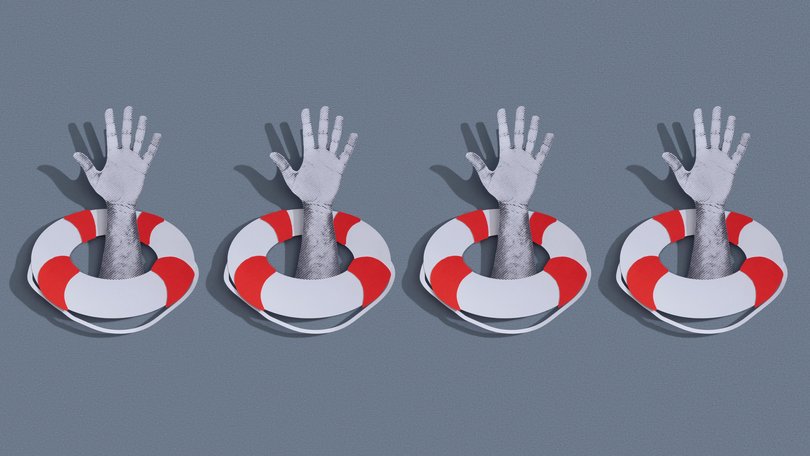NICK BRUINING: Changes to super funds leaving younger members without life insurance exposed

A new report has revealed the far-reaching and potentially devastating effects of measures designed to reduce the impact of expenses associated with superannuation funds.
The changes implemented six years ago have left many younger members and their families heavily exposed if a catastrophic event such as a death or life-changing injury should occur.
The Council of Australian Life Insurers’ The State of Australia’s Safety Net report highlights the fact only 54 per cent of people aged 18-34 have life insurance.
Sign up to The Nightly's newsletters.
Get the first look at the digital newspaper, curated daily stories and breaking headlines delivered to your inbox.
By continuing you agree to our Terms and Privacy Policy.“That compares to 63 per cent of those aged between 35 and 54,” the report said.
The older group is likely to have benefited from automatic life insurance cover that previously kicked in when a person joined an employer super fund.
Independent financial planner James Robinson said in an effort to minimise the effects of fees on superannuation fund balances, two key measures were enacted in 2019.
“Protecting Your Super required inactive superannuation funds with a ‘low balance’ of $6000 or less to be transferred to the ATO unless the member proactively asked for the superannuation fund to remain in place,” James Robinson said.
While the Australian Taxation Office then transfers the money to an active super fund, the closure of the old fund cancels any associated life insurance policies.
“In addition to PYS, ‘putting members’ interest first’ legislation meant automatic life insurance cover was banned for low-balance funds or when the member was under 25 years of age,” Mr Robinson said.
Members can opt in for cover, but this requires them to make an active selection.
“For younger workers in particular, these reforms have also narrowed the pathway to life insurance,” CALI said.
“Cover is most affordable and accessible when people are younger and healthier, yet it has become all too easy to miss out.”
The combined effects of both laws saw a 36 per cent decline in life insurance coverage, most notably for younger members.
“This is particularly acute for women, who are more likely to be uninsured and to lack emergency savings,” the report said.
All of this at a time in life when, arguably, life insurance is at its highest importance.
A person in their 20s is likely to have very few assets, but could have hefty obligations now and into the future. Life insurance can provide an instant cash estate should the worst happen.
“A five or ten-thousand-dollar super balance can be boosted by a life insurance premium which, for someone that age, is ridiculously cheap and hardly noticeable when it is just deducted from your super balance each month,” Mr Robinson said.
Life insurance cover of $1 million through superannuation would cost a 25-year old office worker $4.18 a week. If $1m of total and permanent disability were added, the cost would be an additional $4.84 per week — a total of $9.02.
Superannuation is typically the cheapest way of obtaining cover because commissions are banned with this type of cover.
“If you took out the same level of life cover outside of super, the cost would be more than double, at about $11.50 per week. In part, that’s due to the commissions paid to the adviser,” Mr Robinson said.
The Council of Australian Life Insurers is calling on the Government to make it easier for people to access financial advice, including advice through super funds.
“Only 8 per cent have received financial advice on life insurance in the past year, despite one in three wanting it,” chief executive Christine Cupitt said.

